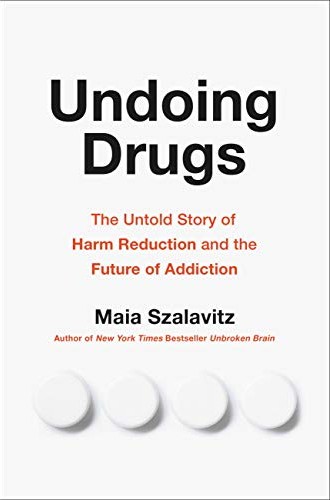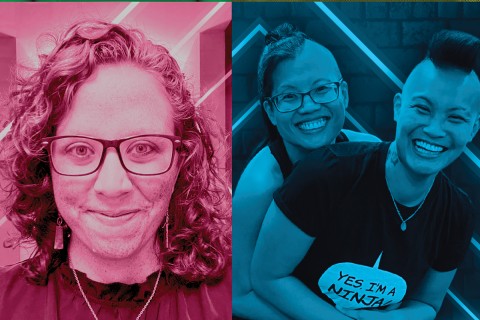How harm reduction is winning the war against drug overdoses
Maia Szalavitz tells the story of a strategy that replaces criminalization with empathy.
Following decades of advocacy efforts led by people who use drugs, the first sanctioned overdose prevention centers in the United States were opened in New York City at the end of 2021. Drawing on the expertise and ministry of people with experiences of substance use and overdose, OPCs provide sanctuary for people who use drugs, including social connection, access to compassionate social services and other health care, safer use supplies, and monitoring by people trained to respond to an overdose event or other medical emergency. The new sites, which are housed in existing syringe service programs in Manhattan’s East Harlem and Washington Heights neighborhoods, saved over 115 lives in their first six weeks of operation.
There was significant public opposition to these sites, even though accidental drug overdose now kills more Americans annually than gun violence and automobile accidents combined. The national response to the overdose crisis has been largely shaped by the criminalization and dehumanization of people who use drugs. In the enduring spirit of Nixon’s “all-out offensive” against “public enemy number one,” the war on people who use drugs has decimated families, incarcerated millions of people (most of whom are Black or Brown), enabled the spread of infectious diseases such as hepatitis C and HIV, and failed to prevent problematic substance use or make evidence-based treatment for substance use disorder more widely accessible.
Maia Szalavitz makes the case that there is a better way, one that has been proven to save lives and that is positively transforming social narratives and policies on drugs and the people who use them. It is called harm reduction, and it finds its roots in the creativity and wisdom of people with lived experience of substance use.






